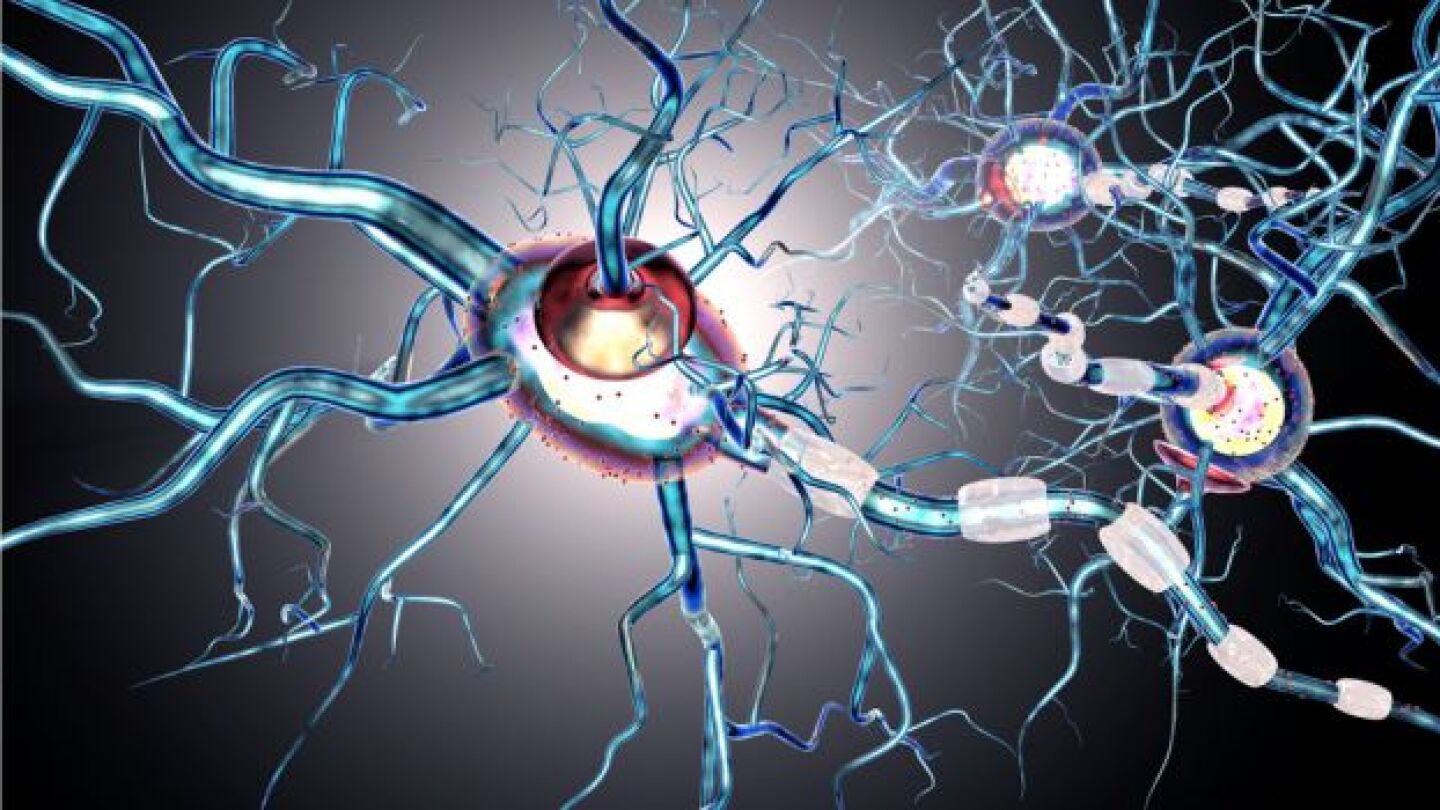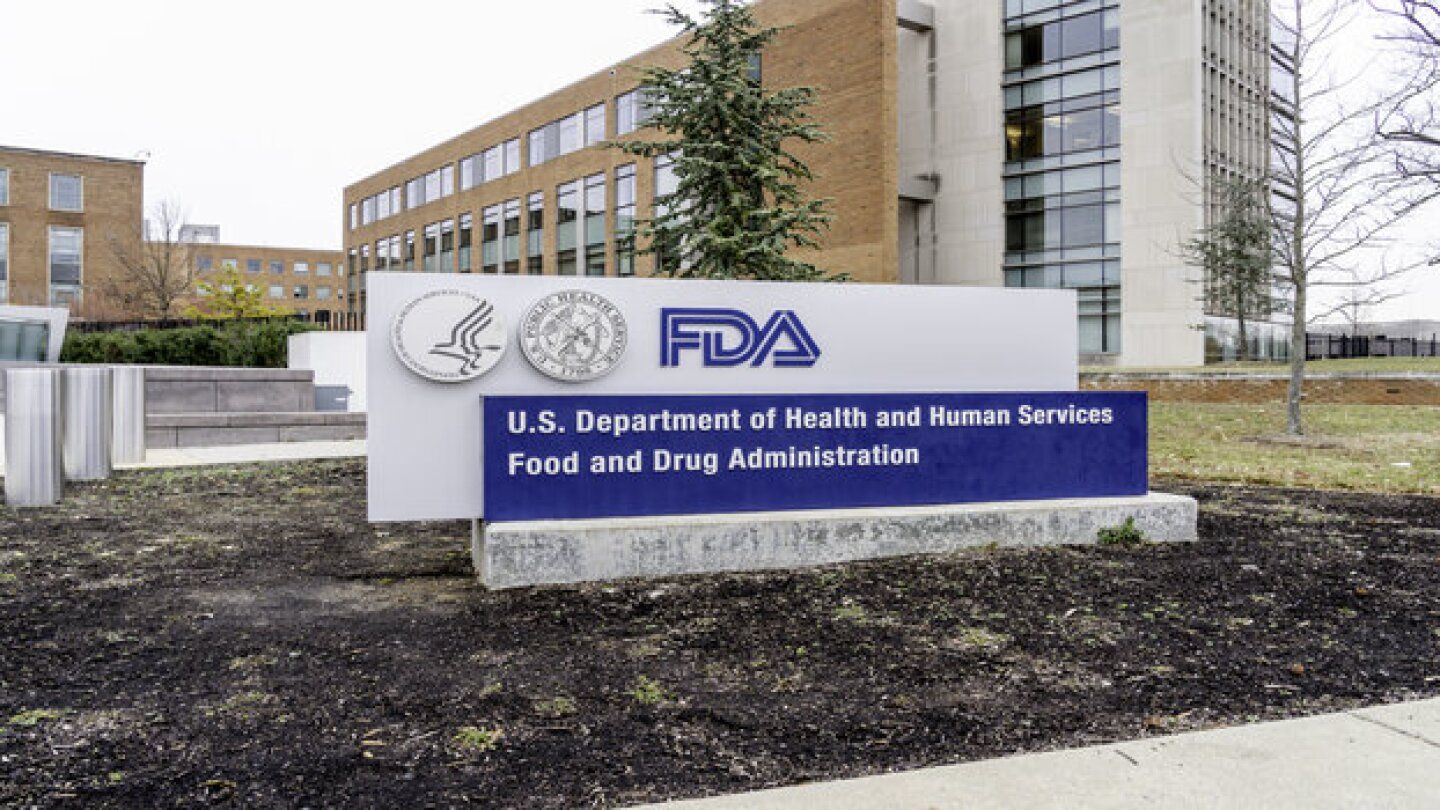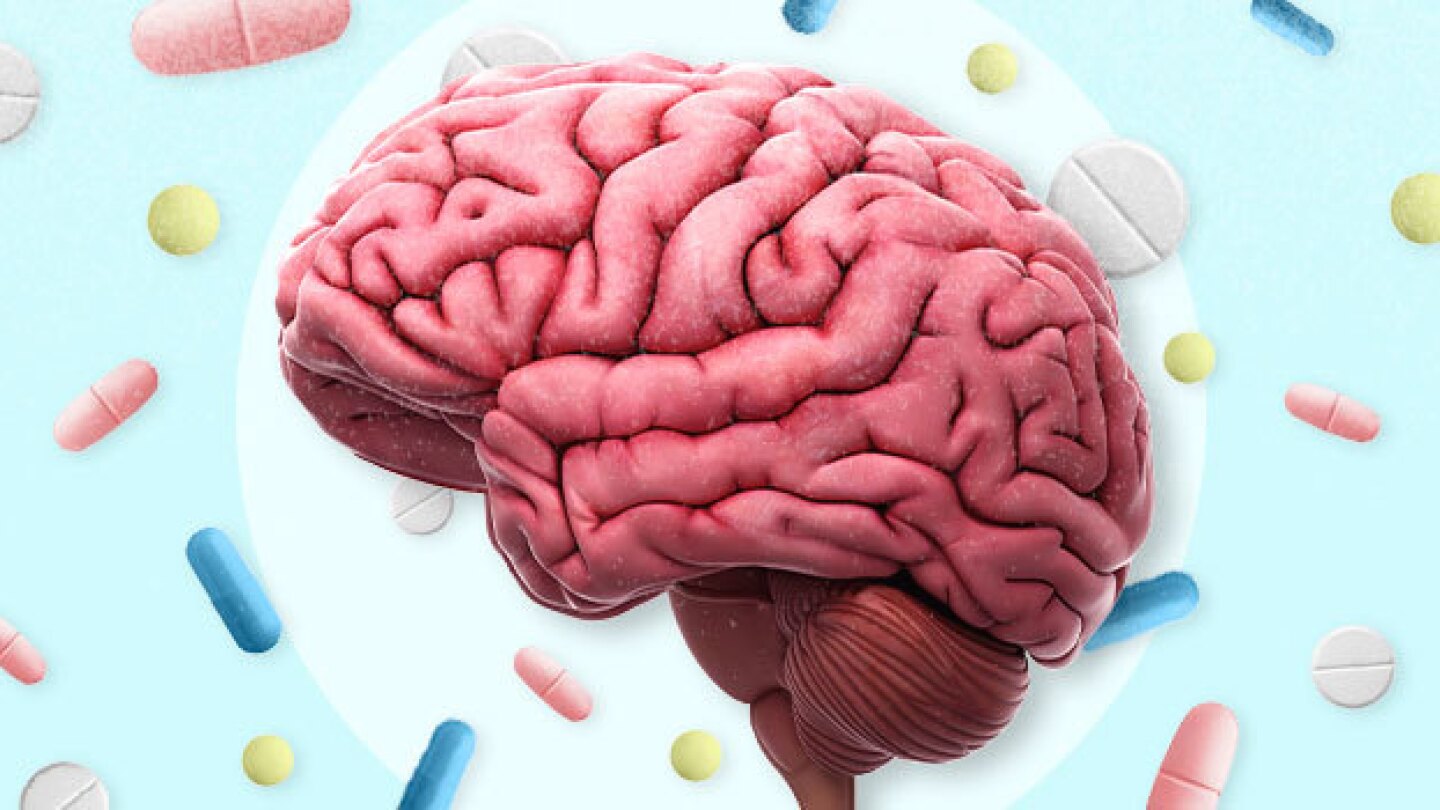Neuroscience
Accurately diagnosing Alzheimer’s disease pathologies is becoming increasingly important, but the U.S. is facing imaging resource constraints.
While Sage Therapeutics’ drug candidate showed a slight difference compared to placebo in a mid-stage Huntington’s disease trial, William Blair analysts in a Tuesday note to investors said they “remain cautious” on dalzanemdor and “do not view the small numerical changes as definitive.”
Despite concerns raised in FDA briefing documents about Eli Lilly’s Alzheimer’s treatment, donanemab, the committee concluded that the benefits outweighed the risks.
In advance of an advisory committee meeting on Monday, the FDA’s internal reviewers have raised issues regarding Eli Lilly’s Alzheimer’s disease candidate donanemab, flagging problems with its study design and safety outcomes.
In this deep dive BioSpace analyzes the neuropsychedelic therapeutics pipeline, which grabbed headlines in February when the FDA accepted the New Drug Application for Lykos Therapeutics’ MDMA capsules for PTSD.
While more programs now involve candidates with different targets, experts say anti-amyloid therapies will remain a primary player in treating the memory-robbing disease.
In the next two weeks, the FDA is scheduled to decide on four drug applications and hold two highly anticipated advisory committee meetings.
Johnson & Johnson on Wednesday reported late-stage trial data showing its first-in-class orexin receptor antagonist reduced major depressive disorder symptoms as an adjunctive treatment in patients with insomnia.
Recent M&A activity indicates a potential resurgence in the appetites of larger companies for psychiatric drug development, but experts say the space may not offer a sufficient risk-reward proposition for R&D.
Otsuka Pharmaceuticals announced Wednesday it is ending development of drug candidate AVP-786 after failing to improve agitation associated with dementia due to Alzheimer’s disease.
PRESS RELEASES










